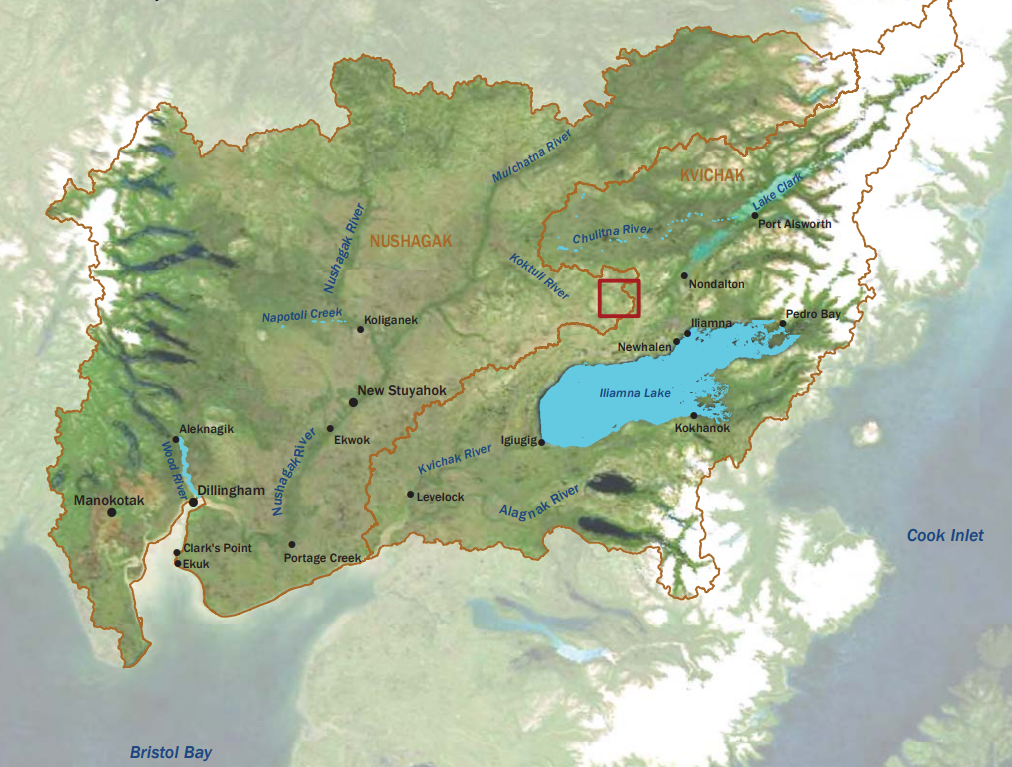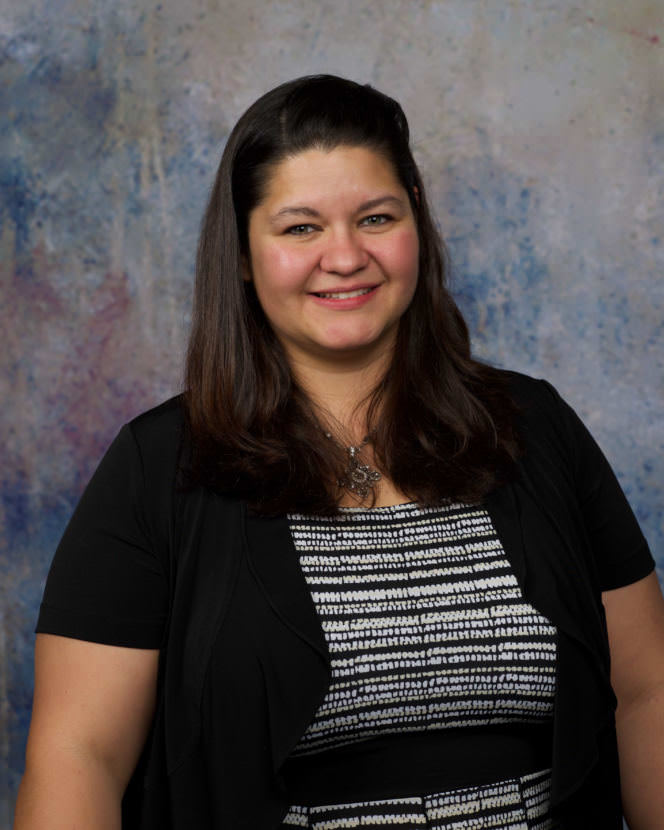
The Trump administration is currently weighing a decision that could alter the future of the Pebble Mine — and the Bristol Bay region communities that would see the mine built in their backyard.’
That includes Dillingham and Iliamna. They were the only two places the Environmental Protection Agency visited last month to get public input on whether to scrap an Obama-era proposal to put restrictions on the mine. In Dillingham, residents spoke unanimously against the idea. But in Iliamna, the reaction was more mixed.
At least one resident is still deciding whether the mine is a good idea.
Evelynn Trefon wears a lot of hats; she’s the school secretary, she’s on the city council, she’s on the board of the electric co-op. She also runs a business selling fruit in the summer. And she was also my tour guide, driving me around the roughly 16 miles of quiet roads that run through Newhalen and Iliamna. As Trefon showed me the lay of the land, her four-year-old daughter sat patiently in the back seat.

Trefon’s originally from Kansas, but she moved to Newhalen in 2011 with her husband, who grew up here. Newhalen and Iliamna together are home to about 350 people, spread out by the north shore of Lake Iliamna, the biggest lake in Alaska. We turned a corner and got a spectacular view.
“When it’s blowing, when the waves are coming up, it looks like an ocean,” Trefon said.
But as we continued on, Trefon started to describe the other landmarks she pointed out in a very specific way:
“So that’s the clinic there – the clinic employs quite a few people,” Trefon said. “The post office only employs one person.”
Whenever we passed a business or an office, Trefon told me how many jobs it provides. The same thing happened when we passed the Iliamna village council.
“And they employ probably four people — probably four or five people,” Trefon said.
It’s not a random fixation. Poverty rates here are higher-than-average for Alaska. The top employer is the Newhalen school, where Trefon works as the secretary. But that might not always be the case.
If it’s built, the Pebble mine would be about 20 miles from Iliamna. The company argues one reason it belongs there is it would provide more local employment. Trefon told me when the large mining company Anglo American left the Pebble project in 2013, some people in the community lost their jobs. Trefon said today, some find work in far-off places, like with the oil industry on the North Slope.
“But then that takes them away from their families, that takes them away from their friends, that takes them away from their subsistence lifestyles,” Trefon said. “So it’s hard, it’s a hard choice if you want to work.”
That helps explain why opinions were so mixed at EPA’s hearing in Iliamna last month. Local mothers like Trefon stood before federal officials and argued both for and against the mine. That included Margie Olympic from Newhalen, who has worked for Pebble for the last 11 years.
“I am very grateful that I have a job that I can put food on the table, pay bills have private insurance, get what my kids need and want and enjoy the luxuries of a car, boat, snow machine, new car,” Olympic said. “And the best part is I don’t have to get up and leave my community.”
But a different mother told EPA officials she feared the mine could endanger the salmon fishery — and that provides jobs, too. Renee Zackar of Igiugig explained how salmon have supported her entire family.
“My husband and I put up fish every summer. My two sons commercial fish in Bristol Bay. All three of my daughters worked at commercial fish processing at Naknek for two years. Two of my daughters went to the fly fishing academy program,” Zackar said.
Trefon was at the hearing, but she didn’t stand up to speak. She simply sat quietly and listened to what others had to say.
As Trefon started to drive back to where I was staying for the night, I asked: so, what about the salmon? Trefon said yes, subsistence fishing here is abundant. She turned down a gravel road and pointed towards another local spot.
“This road just takes you to the rapids, which is a pretty world-famous place to go fishing,” Trefon said. “Oh yeah, I love to fish.”
Every summer, Trefon sees two species of salmon return to spawn in the river behind her house — a phenomenon she calls “miraculous.” The Pebble Partnership argues it can build the mine without harming the fishery. But if something goes wrong, Trefon wonders if the salmon could find their way back.
I asked Trefon if the Pebble Mine controversy has made things uncomfortable in Newhalen and Iliamna.
“Well there’s always drama, in any small community,” Trefon said with a laugh. “But the main thing we always come together for is always the kids. Both communities are fed into the Newhalen school and we always come together for the kids.”
That’s part of why Trefon decided to make a life here — for her, her husband and her daughter, who had fallen fast asleep in the back seat.
“I love living here,” Trefon said. “I can’t imagine living anywhere else.”
If the Pebble Mine gets built, it will bring significant changes to this small slice of rural Alaska. Just like her community, Trefon has mixed feelings about the mine. She hasn’t decided whether she thinks it’s a good idea or a bad idea.
Trefon said Newhalen and Iliamna do need jobs. But a few hours after she dropped me off and we said goodnight, she sent me a text. It read: “One last thought. Jobs are important, but salmon are more important.”
Elizabeth Harball is a reporter with Alaska's Energy Desk, covering Alaska’s oil and gas industry and environmental policy. She is a contributor to the Energy Desk’s Midnight Oil podcast series. Before moving to Alaska in 2016, Harball worked at E&E News in Washington, D.C., where she covered federal and state climate change policy. Originally from Kalispell, Montana, Harball is a graduate of Columbia University Graduate School of Journalism.




